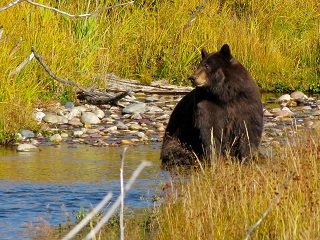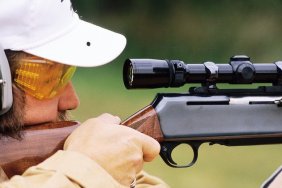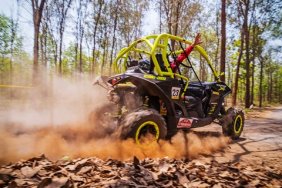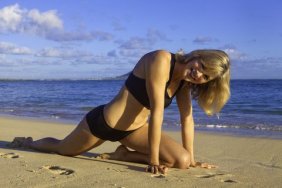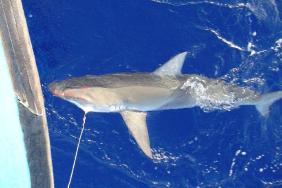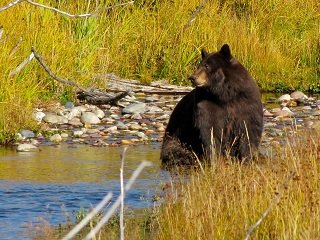 Previously, I discussed using heads and ears to help determine the size of a bear in the field. The head is a great place to start as it can give you an instant clue as to the size and maturity of a bear. Small looking ears and a small looking head can tell you right away that you are looking at a mature bear, but there are other tools to use for judging bears.
Previously, I discussed using heads and ears to help determine the size of a bear in the field. The head is a great place to start as it can give you an instant clue as to the size and maturity of a bear. Small looking ears and a small looking head can tell you right away that you are looking at a mature bear, but there are other tools to use for judging bears.
After I am done sizing up a bear’s head, I look at the legs to see how long they look. I have skinned and caped over 200 bears and I have never seen a huge bear with long, skinny legs. The big ones simply don’t have long skinny legs. These are the signs that you are looking at juvenile.
After the legs, I look at how the bear walks. Older massive boars have a swagger about them that cannot be mistaken. They almost appear to waddle their way around. If you see a waddling bear that looks like a he has a small head, you might want to shoot him.
One dead giveaway for seeing a large bear is the neck size. Large, mature bears have necks that are around the same size as their heads. If you see a bear with a head that blends into a neck, it should be a trophy size animal.
Another body part to keep an eye on is the muscle definition. Young bears do not look cut and you generally cannot see their muscle definition like you can old bears. Even with the thickest of coats, the muscles of big bears still show obvious definition.
If you are still looking at a bear and are unsure of its size, then the last place to go to is the muzzle and eyes. Young bears have eyes that appear large. This is because they are large compared to the undeveloped head they are sporting. All young mammals have large looking eyes and bears are no different.
Finally, front pad size can be very helpful in judging size. As a rule, add one to the width of the front pad and that will give you a close guesstimate on the bear’s square measurement. For example, if you run across a four inch pad, the bear should square at least five feet.
